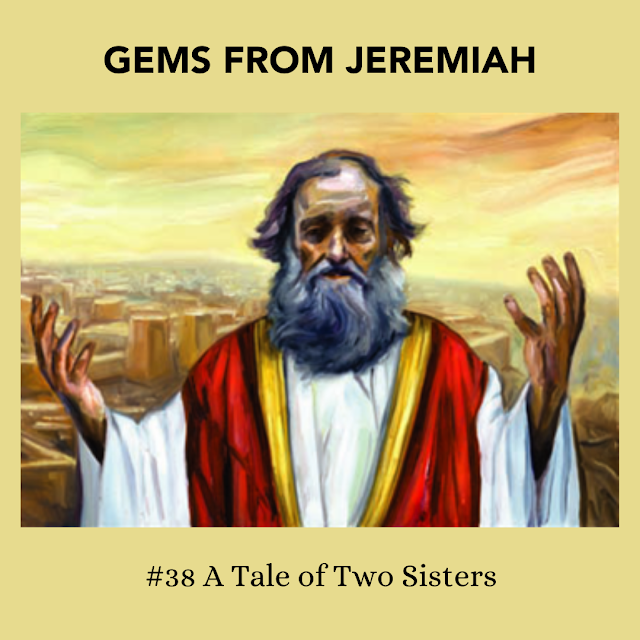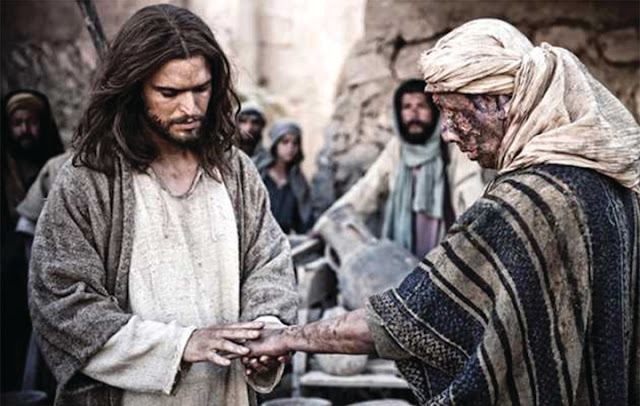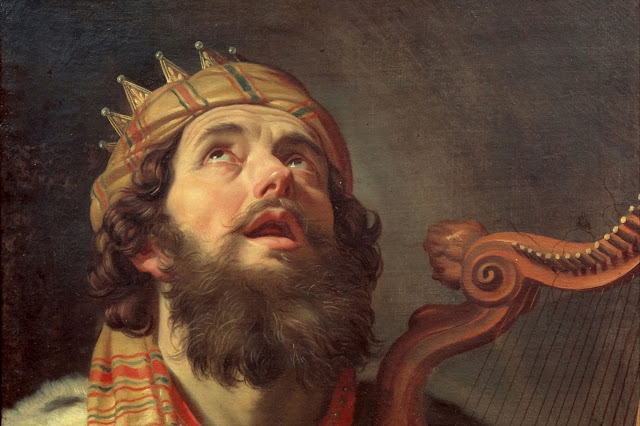“When God joins your family” (St. Luke’s: Friday, September 8, 2017; Mt. 1.1-23)
The Holy Family. I have to admit that I was a bit surprised as
I read the readings for today’s mass.
Today is the Feast of the Nativity
of the Blessed Virgin Mary, so I assumed that today’s readings would feature
texts that had traditionally been interpreted by the Church as referring to
Mary. Two things in particular struck me
as I was preparing this reflection.
First of all, (the shorter version of) today’s Gospel reading begins
with the words “the birth of Jesus
took place in this way…” So, we’re
reading about the birth of Jesus as we celebrate the birth of Mary. Secondly, today’s Gospel is from St.
Matthew’s account of Jesus’ birth, which is told from the perspective of …Joseph!
St. Luke’s version of the story fails to give Joseph even a single speaking
line. Luke lets us know that Joseph is
there, but it’s Mary who is visited
by the angel Gabriel and, under the inspiration of the Holy Spirit, sings the unforgettable
words of her Magnificat. Mary is the one who is in the know, while Joseph, for his part, has a passive, supporting
role. So, there we have them – Jesus, Joseph and Mary – the three
members of the Holy Family. The reason we call them the holy family is that this family was
visited by God in a unique way. In fact,
this was the family that God decided to
join. St. Matthew tells us that
Jesus’ birth will be the fulfillment of Isaiah’s prophecy about the arrival of
the One who will be “God with us”. From
the perspective of the members of the holy family, they were the family that had
to be “with God” in a very particular way.
The Royal Family (Tree). St. Matthew, the evangelist who composes his
Gospel with a particularly Jewish flavour, begins Jesus’ 42-names-long-genealogy,
of course, with Abraham. The long story of the Creator God’s desire to
be “with” his creation, to be close to his creatures, began with the call of
Abraham to be the “father” of a new nation, a people who would belong to Yahweh
in a unique way and who would be a source
of blessing for all the nations of the earth. How precisely the Creator would accomplish
all this remained a mystery, and century after century went by as the nation of
Israel waited for the Day when their
God would come and be “with them”, not merely in the Jerusalem Temple, but in
an even more real and immediate way. However
Yahweh decided to make his presence known, it was believed, it would involve a descendant of David, the archetypal
king in Israel’s lore, who would reign as the
anointed King (i.e. Christ, Messiah) of the nation of Abraham’s descendants. For many Jews in the first century, a sure
sign that God had not yet arrived was
the fact that the throne of David was occupied by the family of Herod – foreign
usurpers in the employ of Rome. What
Matthew does is to begin his Gospel in a way that combines both of these
dimensions of the Jewish hope for the arrival of Yahweh to rescue his people
and establish the kingdom of heaven on earth.
Matthew demonstrates that Jesus is both a descendant of David – in
virtue of his “adoption” by Joseph – and therefore the rightful King (Messiah) and also that Jesus is the One who is
“God with us”. And so, all of a sudden, God has a family tree.
The “Regal” relatives. And what a family tree it is! There are several colourful characters in the
list, as well as a few shady ones.
Matthew doesn’t whitewash the roster of names that make up the human chain
that leads from Abraham the Patriarch to Jesus the Messiah. Abraham
himself was far from what many would consider to be a “saint” – he didn’t
hesitate to mislead people if it would serve his purposes, and he fathered a
son with his servant-girl only to send both her and her teenage son into the
wilderness to fend for themselves when their presence became intolerable to
other members of his family. And yet, in
spite of all this, Abraham stubbornly did what God told him to do and to trust
that God would keep the promises that he had made to him. It’s interesting to take note of the 5 female names that appear in the list of
Jesus’ ancestors – Tamar, Rahab, Ruth, “the wife of Uriah” and Mary. Each of these 5 women became a part of the
Messiah’s genealogy through, shall we say, “unconventional means”. Tamar
tricked her father-in-law Judah into sleeping with her and she became pregnant with
twin boys. Rahab was a Canaanite prostitute who married an Israelite man after
the conquest of the city of Jericho. Ruth was a pagan foreigner from Moab
who, after the end of a childless marriage due to the death of her husband, had
the courage to propose to a relative of her mother-in-law, to marry and give
birth to a son, thus continuing the family line. The “wife of Uriah” was Bathsheba, who was compelled to cheat on her husband with King David, and became the mother of Solomon,
the next king of Israel. Finally, we
have Mary, who “was found to be with child from the Holy Spirit”. The Spirit of God, who had hovered over the
watery womb of creation, had now conceived life in the womb of Mary.
The best laid plans of mice and men. And so, God joins the family of Joseph and
Mary and thus makes himself a link in this chain of ambiguous ancestors. Obviously, this not quite happen “smoothly”. Twice, God thwarts Joseph’s plans. Firstly, Joseph had planned to be the father
of any children that he would raise along with Mary. Then he discovers that Mary is pregnant and he is not the father. What is a “righteous man” to do? Heartbroken, his plans for married life
dashed to pieces, Joseph then comes up with a
contingency plan – he resolves to cancel the marriage contract in private,
and thus spare Mary some of the public shame, and a possible trial on a charge
of adultery. But God once again puts
paid to that – Joseph has a dream in which “an angel of the Lord” informs him
of the child’s true origins and that Mary’s son will save his people from their
sins. The small-town carpenter with his
ordinary plans to settle down and start a family now finds himself to be the guardian of the Messiah, a Messiah
the arrival of whom was both keenly awaited and highly unexpected.
An unprecedented proposal. When God joins your family, he rearranges
your agendas. Joseph’s plans were turned
upside down and inside out. But
certainly Mary was faced with an even
greater choice – would she accept to be the vessel through whom God would
join not only her family, but the human family? Would she accept the shame of an unexplainable
pregnancy, the likely rejection, not only of her fiancé, but of everyone she
loved? Would she accept to carry the
burden of being the mother of a controversial public figure, one who would
arouse the hatred of the great and the good of her nation? Would she accept to be the one through whom God
could be “with us”? Would she accept to
be the Mother of God? I’m sure that those mothers present with us this
morning would agree that bringing a child into the world is a matter both of
great joy and great pain, at every level – joy and pain that continue
throughout the child’s life. People
often say, rightly, that we have to make Jesus “the center of our lives”; well,
for Mary, it was literally the case. She accepted the new life that God was offering her, and gave herself totally
towards the fulfillment of God’s plan to be “with” his people.
To the end of the Age. Let’s not forget the baby who would grow up to realize that God would be “with” his
people as long as he was with them. The good news is that he said he would be “with
us” always, to the end of the age (Mt. 28.20). This is both a comforting promise and a
bracing challenge. Let’s not forget that
we are the body of the Messiah… Jesus
is “with” the world through us.




'When God joins your family, he rearranges your agendas.'
ReplyDeleteNo kidding.
Great reflection, Sam.